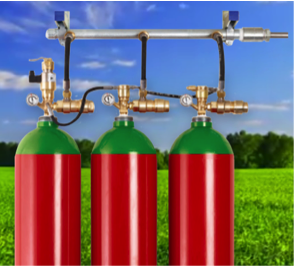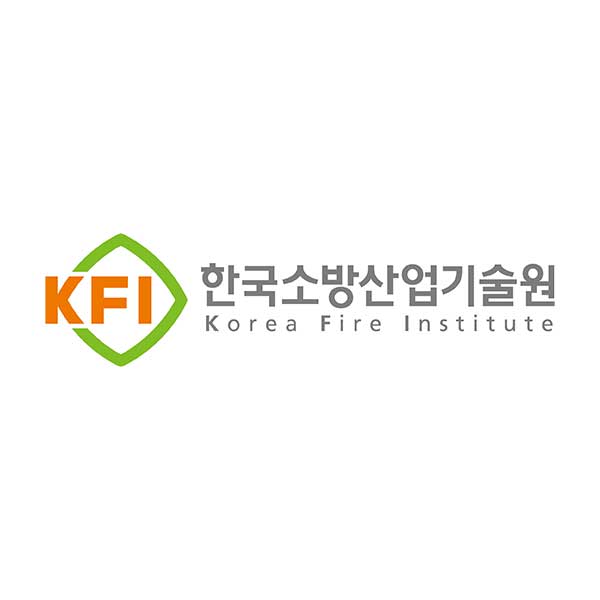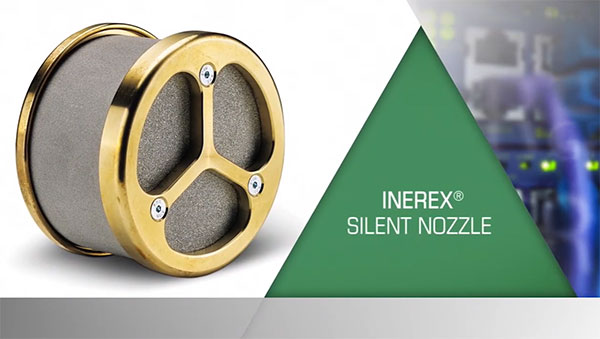Choosing an Automatic Fire Suppression System
Is Clean, Green Inert Gas Fire Suppression Really the Natural Choice for Your Use Case?

No. They're great. Especially when it comes to certain use cases for inert gas fire suppression agents, such as mission-critical data and equipment, priceless materials and many human-occupied environments.
Let's look at why.
Cleaner Living Through Fire Suppressants
The best choice for fire protection always requires a careful assessment of risk factors that can vary from one use case to another—and even from one site to another.
That's never truer than when you're talking about protecting data centers, offices and hospitals, transportation and logistics facilities and museums and other environments where you simply cannot risk damage from fire, extinguishing agents, dry chemicals or overly-aggressive fire suppression systems. In these scenarios, clean agents may be ideal.
Technically speaking, fire suppression agents are designated "clean" if they're considered safe to use in an occupied area and contain no substances that are toxic to humans. Three of the most widely used clean agents are water and either chemical- and inert-gases.
Water, of course, is the original clean, green fire suppression agent (well, that and dirt). Whether it's through sprinklers or misting systems, aqueous-based fire suppression has its place in many scenarios, though not always as the first line of defense in the ones we're discussing in this post.
How come? Because while water can certainly douse a fire, it's not very efficient on hidden fires that are hard to reach. And the damage that can be done to servers and electronics can be catastrophic.
What About Synthetics?
"Synthetic" or chemical gas clean agents can be another excellent option.
With these systems, synthetic gas suppresses fire by creating a chemical reaction that removes the free radicals in the protection zone—basically absorbing the heat.
The discharge time limits required to create this effect make it ideal for environments where the discharge piping and gas cylinders can be in close proximity to the target protection zone.
But for many organizations and applications, the best choice might be one that harnesses nature itself to quickly suppress fire with the smallest, healthiest footprint on the environment: inert gas.
The All-Natural Way to Snuff Out Fires
Inert gas agents are usually made up of 100% nitrogen or 100% argon, or some combination of both. These gases naturally occur in the air we breathe. They're also non-reactive, and they leave no chemical or toxic byproducts.
And except for water (and that dirt), it's the only 100 percent natural fire-fighting option available.
In most scenarios, "total flooding" systems discharge the inert gas agent in sufficient concentrations to suffocate a fire by displacing oxygen in the protection zone to a level below which fire cannot burn—but is still safe for people to breathe as they exit.
And because inert gas fire suppression is effective even at lower pressures, piping runs can be extended to great distances and there's no need for cylinders to be housed in close proximity to the target protection zone.
Once discharged, inert gas agents simply dissipate back into nature, with zero ozone depleting potential and has no global warming impact.
Seeking Gold Standards
Generally speaking, it can make good sense to choose inert gas fire suppression systems that are UL-certified and FM-approved to fight fires in a way that’s fast, effective and completely neutral to the environment.
The INEREX inert gas fire system from Rotarex Firetec, for instance, is certified according to these and other international standards. INEREX can be configured into a complete, 200-300 bar automatic fire suppression system that regulates the discharge pressure at 60 bar—and is suited for even the most complex geometries and requirements of virtually any space or facility.
Indeed, if your needs fall along the scenarios listed in this post, inert gas can be a perfectly natural choice.
In fact, it's the only all-natural choice around.
To learn more about inert gas fire suppression and how it can provide clean, green and effective fire protection, download our brochures now.







